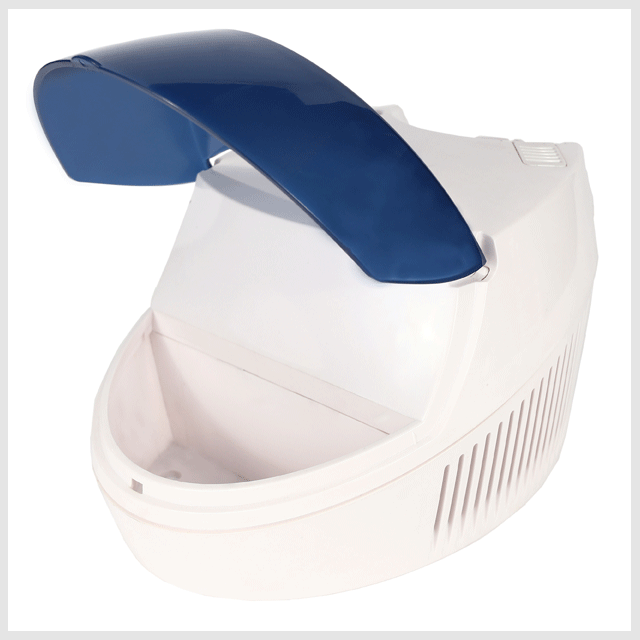What is ABS Plastic?
Acrylonitrile Butadiene Styrene (ABS) is an opaque thermoplastic and amorphous polymer bonded. “Thermoplastic” (as opposed to “thermoset”) relates to the way the material reacts to heat. Thermoplastics thaw (i.e. have a “glass transition”) at a specific temperature (221 degrees Fahrenheit in the case of ABS plastic). They could be heated up to their melting point, cooled, and re-heated again without having significant degradation. Rather than burning, thermoplastics like ABS melt which allows them to become easily injection moulded and after that subsequently recycled. By comparison, thermoset plastics can only be heated up just once (generally during the injection moulding process). The first heating makes thermoset materials to set (the same as a 2-part epoxy), leading to a chemical transformation that can not be altered. If you attempted to heat a thermoset plastic to a high temperature a second time it would just burn. This characteristic makes thermoset materials poor candidates for recycling. ABS is also an amorphous material meaning that it does not display the ordered features of crystalline solids.
How is ABS made?
ABS is most typically polymerized through the process of emulsion (the mixture of various products that don’t commonly integrate into a single product). A well-known example of an emulsified product is milk. ABS is also produced, although less frequently, by a patented process known as constant mass polymerization. In the world, the most popular method to create ABS is the emulsion process.
It is important to note that because ABS is a thermoplastic material, it could be easily recycled as pointed out above. This means that a frequent way of producing ABS plastic is from other ABS plastic (i.e. making ABS from ABS).
Why is ABS used so often?
ABS has a strong resistance to erosive chemicals and/or physical effects. It is very simple to machine and has a low melting temperature keeping it specifically easy to use in injection molding manufacturing processes or 3D printing on an FDM machine. ABS is also relatively cost-effective (prices, usually fall somewhere between those of Polypropylene (” PP”) and Polycarbonate (” PC”). ABS plastic is not usually used in high heat circumstances because its low melting point. All of these features bring about ABS being used in a lot of applications across a vast range of industries.
What is ABS used for?
There are numerous applications for ABS. Among the most commonly familiar is focus a computer keyboard, power-tool housing, the plastic face guard on wall sockets (often times a PC/ABS blend), and LEGO toys.
ABS for 3D Printing and Prototype Development:
Creative Mechanisms uses the Fused Deposition Modeling 3D printing process over other “printing” technologies (such as SLA, SLS, SLM) because ABS parts are conveniently available. It is often chosen because it is a good middle-ground option for a huge number of applications.
ABS is easily machined, sanded, glued and painted. This will make it a great material for prototyping. You can also get good aesthetic finishes with ABS and it can also be colored relatively conveniently, not like some other plastics. This is a reason it is often used for enclosures (housing) that might have different textures or glossy surfaces.
Is ABS noxious?
ABS is relatively safe because it doesn’t have any known carcinogens, and there are no known harmful health effects related to visibility to ABS. That said, ABS is typically not suitable for medical implants. Read more about 3D printing and prototype development for medical devices here.
What are the characteristics of ABS?
ABS is very structurally strong, which is why it is used in things like camera housings, protective housings, and packaging. If you need a low-cost, strong, stiff plastic that stands up well to exterior impacts, ABS is a good choice.
If you want to know more, please contact us sales@imould.co
Get A Free Quote

